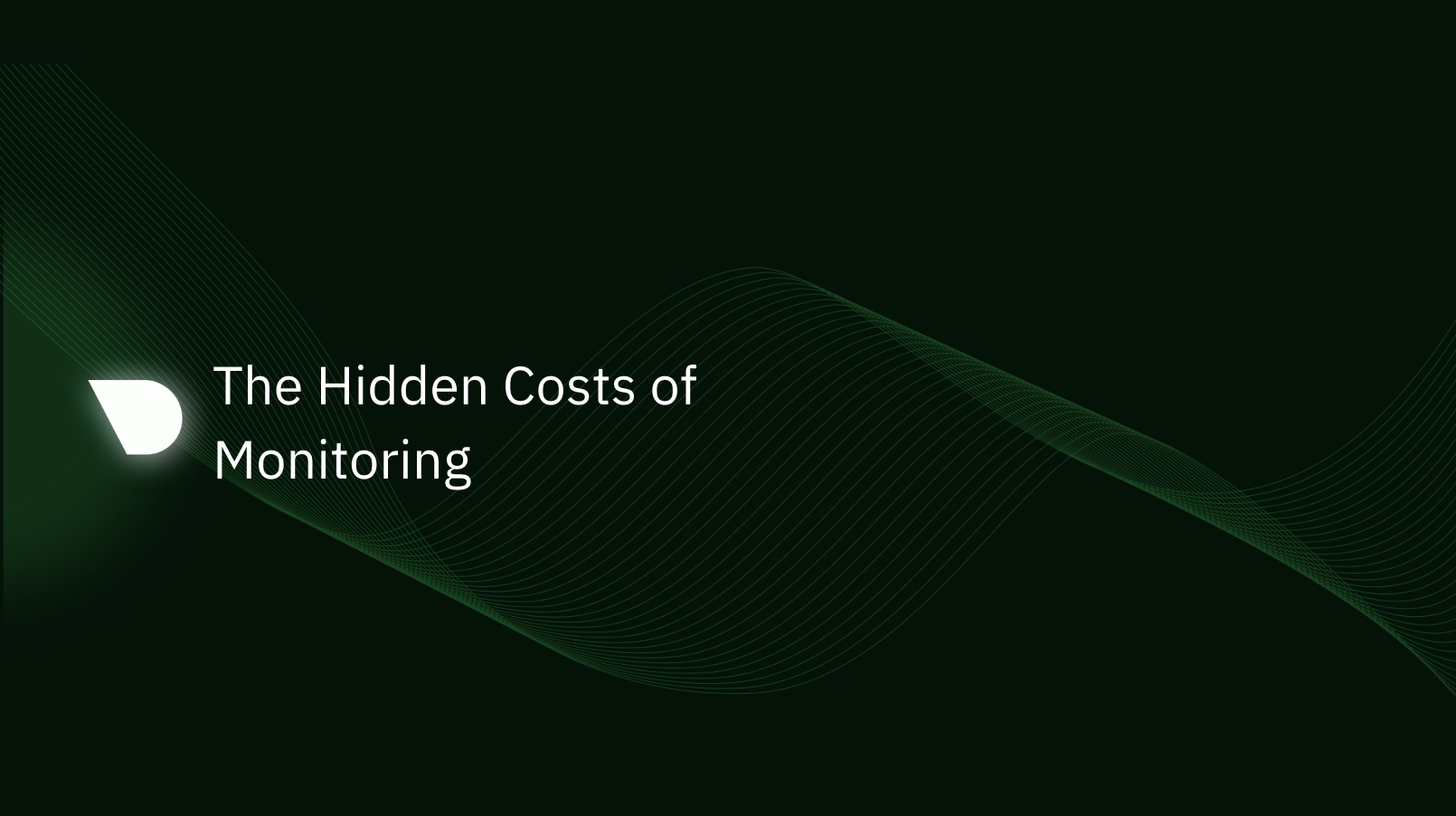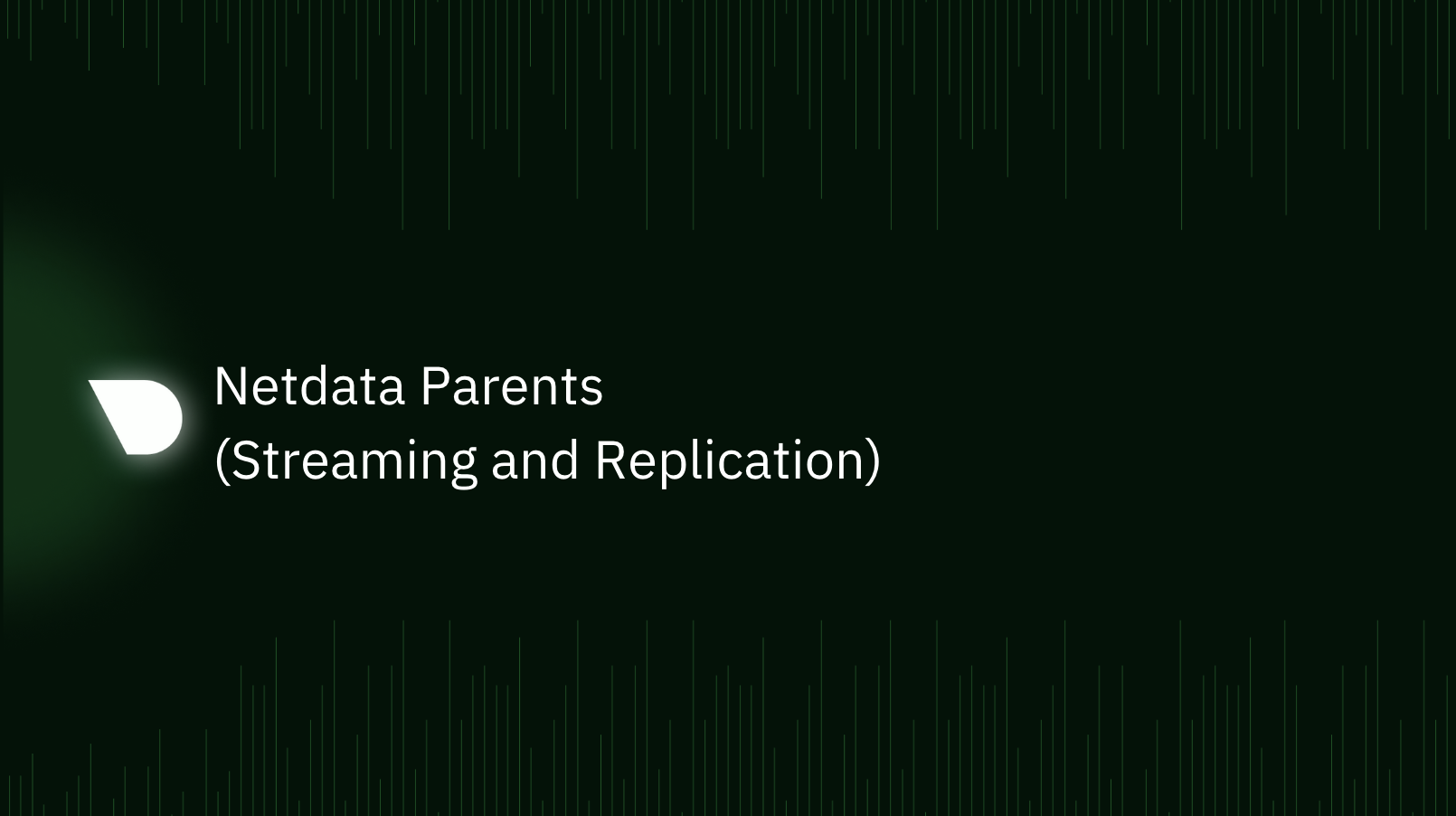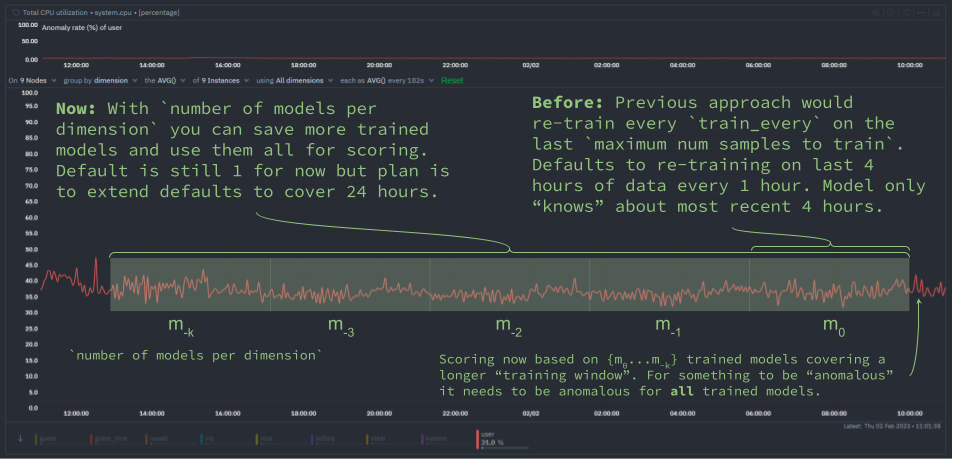
When it comes to monitoring IT infrastructure, the costs you see on the price tag of the tool are often just the tip of the iceberg. Below the waterline, a mass of hidden costs can lurk, which can significantly affect the total cost of ownership.

When it comes to monitoring IT infrastructure, the costs you see on the price tag of the tool are often just the tip of the iceberg. Below the waterline, a mass of hidden costs can lurk, which can significantly affect the total cost of ownership.

A “Parent” is a Netdata Agent, like the ones we install on all our systems, but is configured as a central node that receives, stores and processes metrics data from other Netdata “Child” nodes in our infrastructure.
Netdata Parents are flexible. You can have one big active-active cluster of Netdata Parents, or you can spread a lot of independent Parents across the infrastructure.
This “distributed still centralized” setup provides a lot of benefits. Let’s go through them one by one in this blog post.

We have been busy at work under the hood of the Netdata agent to introduce new capabilities that let you extend the "training window" used by Netdata's native anomaly detection capabilities.
This blog post will discuss one of these improvements to help you reduce "false positives" by essentially extending the training window by using the new (beautifully named) number of models per dimension configuration parameter.
Today we are excited to launch one of our flagship ML assisted troubleshooting features in Netdata – the Anomaly Advisor.
The Anomaly Advisor builds on earlier work to introduce unsupervised anomaly detection capabilities into the Netdata Agent from v1.32.0 onwards.